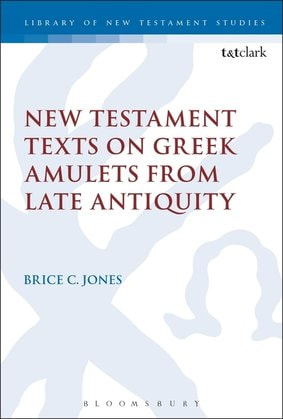|
What did a scribe do when there was a pre-existing hole, tear or abrasion in their writing material? Did they write around it? Under it? Over it? Patch it up? Write through it? A few years ago, I realized that not many scholars were drawing attention to this phenomenon. For example, I found many cases where authors made no mention of scribes intentionally avoiding damages in their writing material. But it has become clear to me that scribes were accustomed to negotiating faults and imperfections. In my mind, this raises all sorts of questions about the materiality of written artifacts and even the manufacturing process. Anyway, I put some of my questions and thoughts down in an article recently published: "Scribes Avoiding Imperfections in Their Writing Matierials," Archiv für Papyrusforschung 61.2 (2015): 371-383. ABSTRACT "This article examines the phenomenon of preexisting imperfections in papyri. Rarely noted by modern commentators, many ancient scribes were forced to deal with different kinds of papyrus damage, such as holes, tears, abrasions, stains, cracks, cuts, etc. This study offers several examples of preexisting damage and demonstrates how some scribes attempted to avoid it. It also raises questions about how modern editors might take scribal avoidances into account in their transcriptions." A downloadable PDF of this article may be found here. As I admit in the article, these are all very simple questions. But they are questions rarely asked by editors of papyri. A more significant question is how papyrologists should indicate when a scribe "skips" damage in their writing material. In the editor's transcription? In the notes? I cannot answer that question for the field, but I think there is much more to think about in this regard.
3 Comments
Joshua Mann
link
4/21/2016 11:02:21 am
"...these are all very simple questions...rarely asked." The best kind, imo. Looking forward to reading it.
Reply
Timothy Mitchell
link
4/22/2016 11:28:25 am
Thank you for providing a link to your article. The question that comes to my mind (and you may ask this in your article, I haven't read it yet); How does this phenomena translate into scribal errors? I know that connections have been drawn between the re-inking of the pen, and the introduction of scribal blunders. It seems that avoiding a material defect may lead to a similar scribal error. Looking forward to reading your piece.
Reply
4/22/2016 11:53:28 am
Thanks, Timothy. I think this is a great question and one which I did not pursue in the article. But it would certainly be worth thinking about especially since word division is produced when a scribe jumps a fault.
Reply
Your comment will be posted after it is approved.
Leave a Reply. |

Available at Amazon!
Archives
June 2020
Categories
All
|
